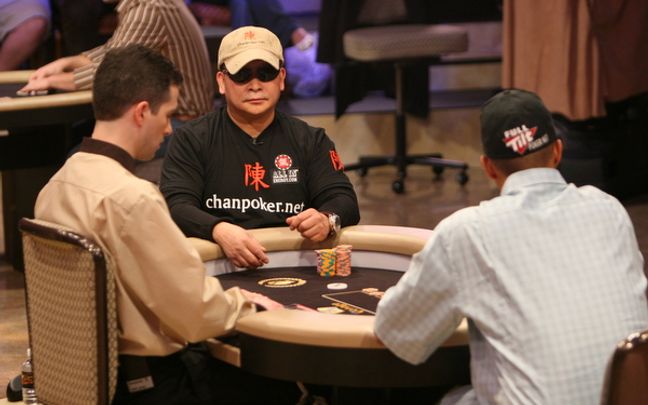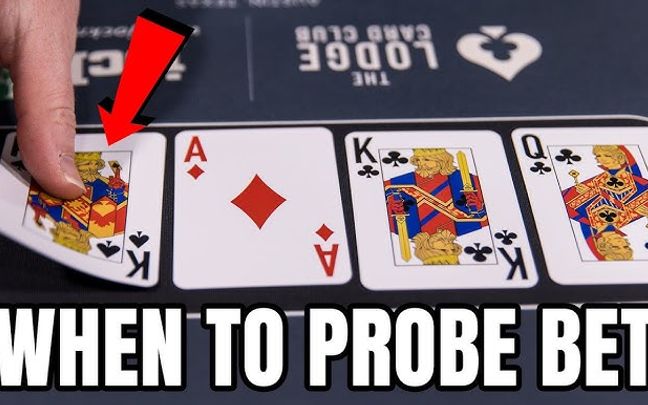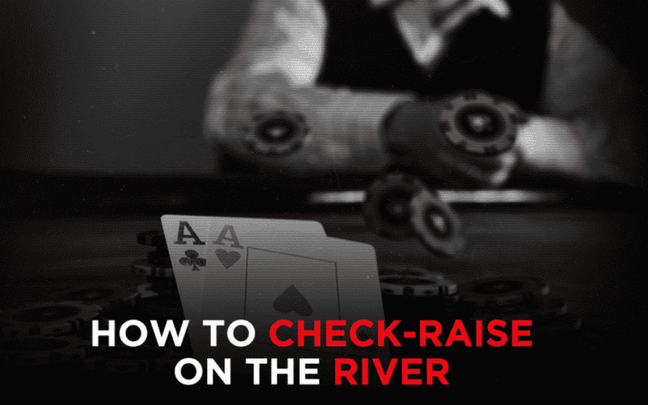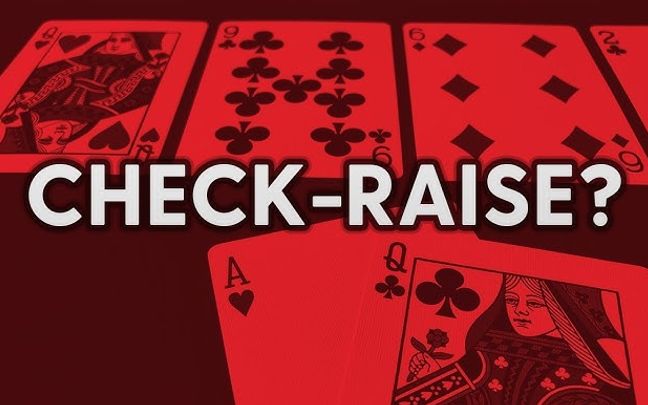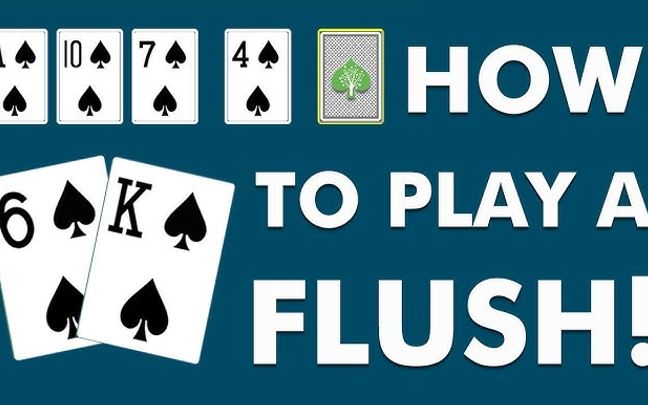Comparing ranges in poker is a crucial skill that helps you grasp and predict your opponent's actions based on the set of hands they might be holding. By comparing hand ranges, you can make more accurate strategic decisions, optimize your chances of winning, and avoid falling into disadvantageous situations. This article will help you better understand how to identify and compare ranges in poker.
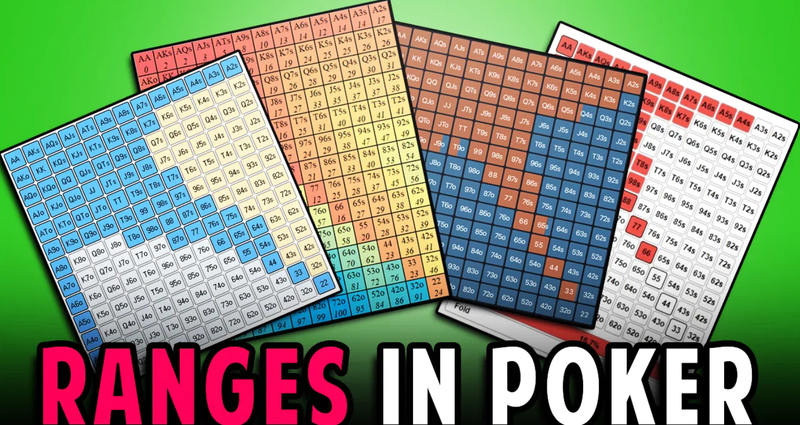
Comparing ranges in poker helps you accurately assess your opponent's hand.
What is Comparing Ranges in Poker?
Comparing ranges in poker is typically done when you try to identify or guess your opponent's hand based on their actions. "Range" refers to the set of hands that a player might be holding in a specific situation.
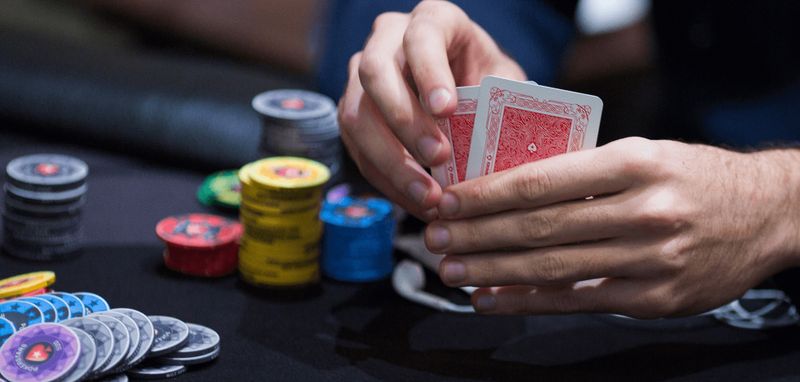
Comparing ranges in poker is key to deciding whether to bet or fold.
How to Compare Ranges in Poker
Comparing ranges in poker is a crucial element that helps players make accurate decisions in various situations. By comparing hand ranges, you can predict and adjust your playing strategy based on your opponent’s actions and the specific context of the hand. Below are detailed steps for effectively comparing ranges in poker.
Calculating Hand Ranges
To compare ranges in poker, the first step is to estimate your opponent’s hand range. A hand range is the set of all possible hands that your opponent might be holding in a given situation. To do this, you need to analyze your opponent’s actions, such as how they bet and behave during different betting rounds.
For example, if your opponent decides to raise in the first betting round, their hand range might include strong hands like AA, KK, QQ, or AK. This is based on the assumption that a typical opponent would only raise with strong hands or hands with a high probability of winning. Conversely, if your opponent only calls, their hand range could be broader, including various hands like smaller pairs, suited connectors, or medium-strength hands.
To estimate your opponent’s hand range more accurately, you should consider other factors like their position at the table, bet size, and playing style. For instance, an opponent in an early position might only raise with very strong hands, while an opponent in a late position might expand their range and bet with a wider variety of hands.
Comparing Ranges
After estimating your opponent’s hand range, the next step is to compare your range with theirs. This helps you decide on the appropriate playing strategy to maximize your chances of winning.
When comparing your hand range with your opponent’s, consider whether your hand is stronger, weaker, or equivalent to their range. If you believe your hand is stronger than many hands in your opponent’s range, you might choose to bet or raise to maximize value. Conversely, if you think your opponent’s hand is stronger than yours, you might opt for a more conservative approach, such as calling or folding to minimize risk.
Calculating Probabilities
Probability calculation is a crucial part of comparing ranges in poker. You can use probabilities to assess your winning chances with your current hand against your opponent’s hand range. To do this, you can use poker software tools to calculate your hand’s equity against your opponent’s range. This can help you decide whether to bet, call, or fold.
For example, if you have a medium-strength hand and your opponent has a stronger range, calculating probabilities will help you understand your chances of winning in that situation. If the probability of winning is low, you might choose a more conservative play to avoid losing too much money. If the probability of winning is high, you might decide to bet aggressively to capitalize on your advantage.
Adjusting Ranges
Your opponent’s hand range is not a fixed value and can change throughout the hand. Factors like bet size, your opponent’s behavior in subsequent betting rounds, and the overall situation of the hand can affect their hand range. Continuously adjusting the hand range is crucial to ensuring that you are making accurate and reasonable decisions.
For example, if your opponent has bet aggressively over several rounds and shown consistent behavior, you might need to adjust your hand range to reflect this change. If the opponent has slowed down their betting or shown weak behavior, you can adjust their hand range to reflect that.
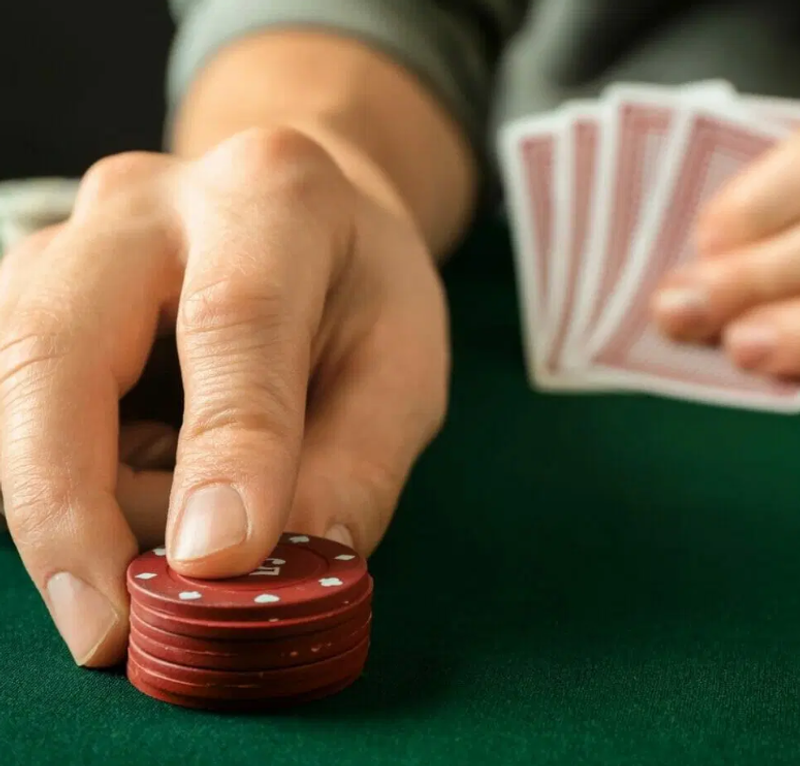
Comparing ranges in poker helps predict your opponent's next move.
In summary, comparing ranges in poker is an essential skill that helps you make accurate decisions and optimize your playing strategy. By calculating hand ranges, comparing them with your opponent’s range, calculating probabilities, and adjusting ranges based on changing factors, you can improve your chances of winning and play poker more effectively.

